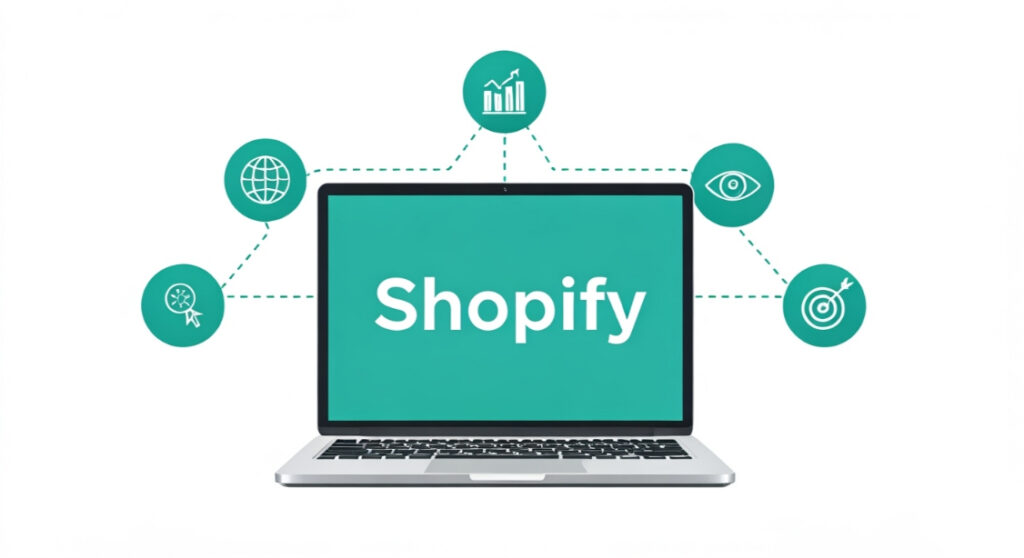Optimizare SEO Site: The Ultimate Guide to Shopify Success


Boost your online store’s visibility! Learn practical strategies for optimizare seo site, attract more customers, and increase sales. Get the ultimate guide now!
Optimizare SEO Site: The Ultimate Guide to Shopify Success
Introduction: Why SEO Matters for Your Shopify Store
Understanding the Basics of Shopify SEO
Keyword Research: Finding the Right Words
- Brainstorm: Start by listing all the possible terms customers might use to find your products. Think about variations, synonyms, and long-tail keywords (longer, more specific phrases).
- Use Keyword Research Tools: Leverage tools like Google Keyword Planner, Ahrefs, SEMrush, and Moz Keyword Explorer to uncover relevant keywords, analyze their search volume, and assess their competition.
- Analyze Competitors: See which keywords your competitors are ranking for. This can provide valuable insights into potential opportunities.
- Consider Search Intent: Understand the user’s intent behind each keyword. Are they looking to buy, research, or compare products? Tailor your content accordingly.
On-Page Optimization: Making Your Store Search-Engine Friendly
- Title Tags and Meta Descriptions: These are crucial for attracting clicks from the SERPs. Craft compelling titles and descriptions that accurately reflect the content of each page and include relevant keywords.
- Header Tags (H1-H6): Use header tags to structure your content logically and highlight important keywords. The H1 tag should be reserved for the main heading of the page.
- Content Optimization: Create high-quality, informative, and engaging content that satisfies user intent and incorporates relevant keywords naturally. Avoid keyword stuffing, which can harm your rankings.
- Image Optimization: Optimize images by using descriptive file names and alt text. This helps search engines understand what your images are about and improves accessibility for visually impaired users.
- URL Structure: Create clean, descriptive, and keyword-rich URLs. Avoid using long, complex URLs with unnecessary parameters.
- Internal Linking: Link to other relevant pages within your store. This helps search engines crawl and understand your website structure.
Off-Page Optimization: Building Authority and Reputation
- Link Building: Earning high-quality backlinks from reputable websites is a crucial ranking factor. Focus on acquiring links from relevant and authoritative sources within your industry.
- Social Media Marketing: While social media signals aren’t a direct ranking factor, they can contribute to increased brand awareness, website traffic, and social sharing, which can indirectly improve your SEO.
- Online Reputation Management: Monitoring and managing your online reputation is essential for building trust and credibility. Encourage customers to leave reviews and address any negative feedback promptly and professionally.
Technical SEO: Ensuring a Smooth User Experience
- Website Speed: A fast-loading website provides a better user experience and is favored by search engines. Optimize images, leverage browser caching, and choose a reliable hosting provider to improve your website speed.
- Mobile-Friendliness: With the majority of internet users browsing on mobile devices, it’s crucial to have a mobile-friendly website. Ensure your Shopify theme is responsive and provides a seamless experience across all devices.
- Site Architecture: A well-structured website makes it easier for search engines to crawl and index your content. Create a clear hierarchy and use internal linking to guide search engines through your website.
- XML Sitemap: Submit an XML sitemap to search engines to help them discover and index all the pages on your website.
- Robots.txt File: Use a robots.txt file to instruct search engines which pages to crawl and which to ignore.
- Schema Markup: Implement schema markup to provide search engines with more information about your content, such as product details, reviews, and events.
- SSL Certificate: Ensure your website is secured with an SSL certificate to protect sensitive data and improve trust with users.
Shopify-Specific SEO Tips and Tricks
- Optimize Product Descriptions: Write detailed and engaging product descriptions that incorporate relevant keywords and highlight the benefits of your products.
- Use Shopify SEO Apps: Explore the Shopify App Store for SEO apps that can help you automate tasks, analyze your website performance, and identify areas for improvement.
- Customize Your Shopify Theme: Choose a Shopify theme that is SEO-friendly and allows for customization. Optimize the theme’s code and structure to improve its search engine visibility.
- Leverage Shopify’s Built-in SEO Features: Take advantage of Shopify’s built-in SEO features, such as the ability to edit title tags, meta descriptions, and image alt text.
- Set Up Google Search Console and Google Analytics: These tools provide valuable insights into your website’s performance and help you track your SEO progress.
Avoiding Common SEO Mistakes
- Keyword Stuffing: Overusing keywords in your content can be detrimental to your rankings. Focus on writing naturally and incorporating keywords organically.
- Duplicate Content: Avoid creating duplicate content across your website. Use canonical tags to tell search engines which version of a page is the original.
- Ignoring Mobile-Friendliness: In today’s mobile-first world, a mobile-unfriendly website is a recipe for disaster. Ensure your website is responsive and provides a seamless experience on all devices.
- Neglecting Website Speed: A slow-loading website can frustrate users and negatively impact your search engine rankings. Optimize your website’s speed to provide a better user experience.
- Buying Links: Buying links is a risky practice that can result in penalties from search engines. Focus on earning links naturally through high-quality content and outreach.
Measuring Your SEO Success
- Organic Traffic: Track the amount of traffic coming to your website from search engines.
- Keyword Rankings: Monitor your rankings for your target keywords.
- Conversion Rates: Track the conversion rates of your organic traffic.
- Bounce Rate: Monitor the bounce rate of your website pages.
- Page Load Time: Track the loading time of your website pages.